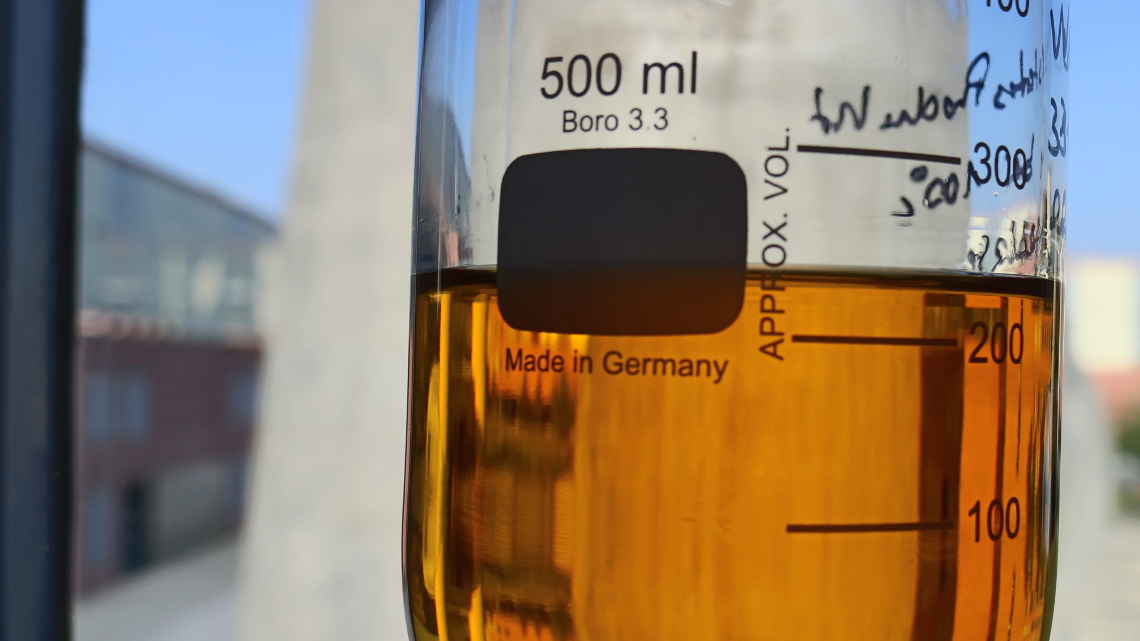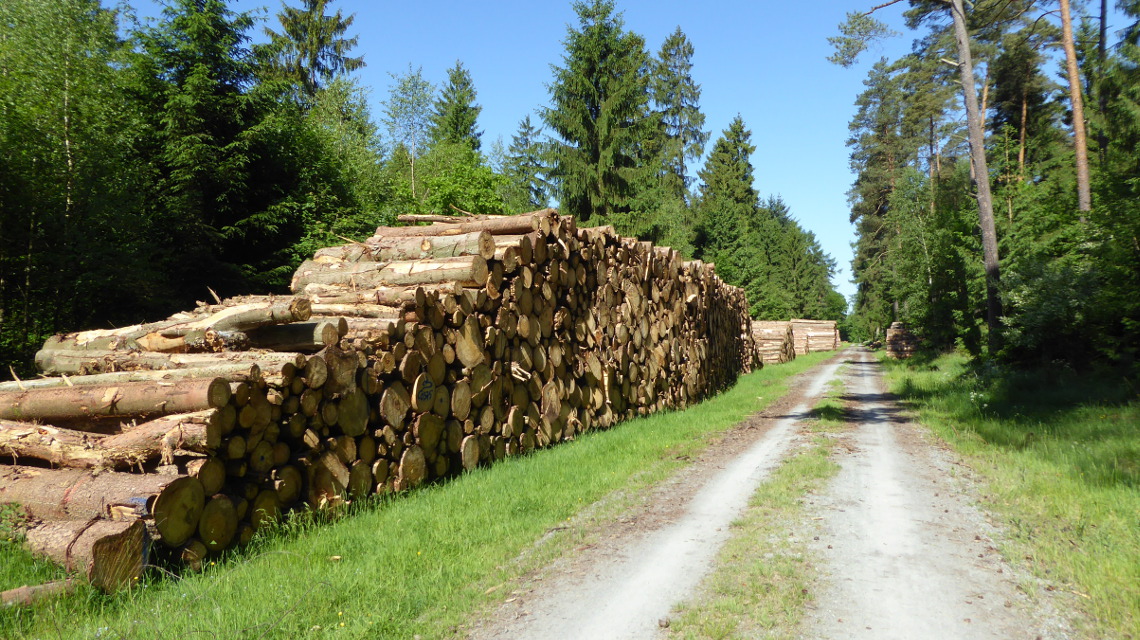
No plant and no motor can run without lubricants. The metalworking industry is especially dependent on grease and oil. However, most lubricants consist of mineral oil of fossil origin. Recently, though, bio-lubricants made of sunflowers or rapeseed have been entering the market. They can certainly compete with mineral oil based products. But to date they are no more than niche products. The problem: Bio-lubricants are generally more expensive. Also, using these plants directly to make lubricants denies the foodstuffs industry of valuable raw materials.
In contrast, the oil frying oil that restaurants, takeaways etc. produce in large quantities is of no further interest to the food industry. As part of the EuroTransBio European ERA-Net, researchers from the Institute for Materials Research and Testing (Bundesanstalt für Materialforschung und -prüfung) in Berlin, working together with the lubricant manufacturer Greibo Chemie GmbH, have been investigating ways of making lubricants out of waste oil and fat. The project has been financed by the German Ministry of Education and Research (Bundesministerium für Bildung und Forschung) with 175,000 euros over a period of three years. Project manager Christian Adam explains: "Our aim was to substitute certain mineral oil based products with ones made of used oil, and to make lubricants that are biodegradable, reduce CO2 emissions and are also skin-friendly."
Chip frying oils win purity contest
The project researchers experimented with frying fat. "Frying fat is a waste product that is cheap to buy and that is not much use for anything else. Because of the vegetable content, the lubricants are also biodegradable," continues Adam. The substance proved to have more advantages than simply being a natural waste product. The investigation of various waste fats, including fish oil, showed that they have only very little contamination through short-chain fatty acids, for instance. These substances lead to undesirable by-products, they are difficult to separate off during esterification and therefore they can diminish the quality of the lubricants.
A yeast enzyme manages both hydrolysis and esterification
To esterify the frying fats it was necessary to separate off the glycerine (which is unusable) from the vegetable oil via hydrolysis. This produces long-chain fatty acids that can be converted to esters with the aid of alcohol. It is a complicated process and the researchers sought the support of a multi-talent to carry it out. The yeast enzyme Candida antarctica Lipase A (CAL-A) has the unusual ability to handle both the hydrolysis as well as the esterification. "This meant that we could work with high proportions of water that take up the glycerine and at the same time convert fat to an ester," explains Adam.
Oil droplet size influences fatty acid yield
The researchers also thoroughly investigated the effect of the enzyme, both for the hydrolysis as well as for the esterification. To this end, the frying fat and the enzyme were put into a stirred tank reactor and the optimal process conditions were determined. "That meant doing a large number of experiments. We had to work out how to optimize the process in the best way and have as few substances as possible that interfere," explains Adam. In addition to the temperature, the pH-value and the duration of the process, the shear rate was a significant factor because of its influence on the size of the oil droplets. This is determined by the speed of the mixer. "The important thing here was to introduce a large amount of energy via the mixer so as to make the droplets very fine." The results showed that the smaller the oil droplets, the greater the fatty acid yield.
Instructions for making lubricants out of old oil
By the end of the project the researchers had succeeded in finding the optimal parameters for the enzymatic process and testing them on a large scale. "We now have enough data for us to be able to work out how to implement such processes and what sort of products we can manufacture with them," says Adam in summary. This means that the lubricants based on old oil would be suitable for use as hydraulic and engine oils, but also as total loss lubricants, cooling lubricants and chainsaw lubricants.
Nevertheless, despite the successful, large scale tests carried out by the project partner Greibo Chemie, the idea will have to remain on the back boiler for the moment. The reason: The manufacturing costs for fatty acid esters made of bio-based source substances are 3 to 5 euros per kilogramme, which is three times the cost of mineral oil based products. Even so, Christian Adam remains optimistic: "When the mineral oil prices rise again, production could rapidly become economically worthwhile. Also, the enzymatic process is transferable – it certainly doesn't need to be restricted to frying fats."
Author: Beatrix Boldt


